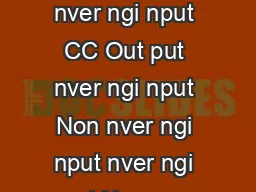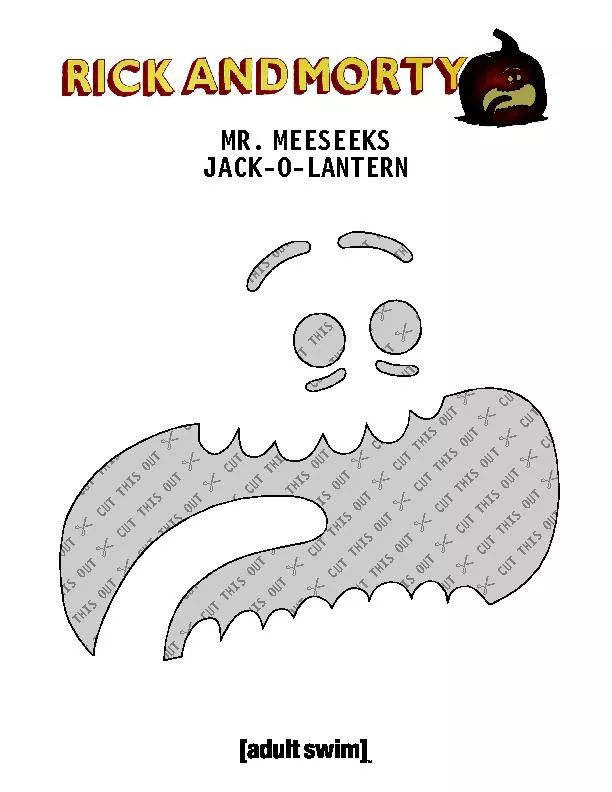PPT-The in’s and out’s of writing
Author : mofferro | Published Date : 2020-11-06
graded readers Rob WARING Notre Dame Seishin University JERA Kansai F eb 3 rd 2019 Questions Whats your favourite graded reader Why Which is better to make a
Presentation Embed Code
Download Presentation
Download Presentation The PPT/PDF document "The in’s and out’s of writing" is the property of its rightful owner. Permission is granted to download and print the materials on this website for personal, non-commercial use only, and to display it on your personal computer provided you do not modify the materials and that you retain all copyright notices contained in the materials. By downloading content from our website, you accept the terms of this agreement.
The in’s and out’s of writing: Transcript
Download Rules Of Document
"The in’s and out’s of writing"The content belongs to its owner. You may download and print it for personal use, without modification, and keep all copyright notices. By downloading, you agree to these terms.
Related Documents





![[READ] - 180 Days of Writing for Fifth Grade - An Easy-to-Use Fifth Grade Writing Workbook](https://thumbs.docslides.com/901394/read-180-days-of-writing-for-fifth-grade-an-easy-to-use-fifth-grade-writing-workbook-to-practice-and-improve-writing-skills.jpg)
![[EPUB] - 180 Days of Writing for Second Grade - An Easy-to-Use Second Grade Writing Workbook](https://thumbs.docslides.com/901424/epub-180-days-of-writing-for-second-grade-an-easy-to-use-second-grade-writing-workbook-to-practice-and-improve-writing-skills.jpg)
![[DOWNLOAD] - 180 Days of Writing for Kindergarten - An Easy-to-Use Kindergarten Writing](https://thumbs.docslides.com/901444/download-180-days-of-writing-for-kindergarten-an-easy-to-use-kindergarten-writing-workbook-to-practice-and-improve-writing-skills.jpg)
![[EPUB] - Figuring Out Fluency in Mathematics Teaching and Learning, Grades K-8: Moving](https://thumbs.docslides.com/901468/epub-figuring-out-fluency-in-mathematics-teaching-and-learning-grades-k-8-moving-beyond-basic-facts-and-memorization-corwin.jpg)
![[READ] - Writing a Successful College Application Essay (Barron\'s Writing a Successful](https://thumbs.docslides.com/901982/read-writing-a-successful-college-application-essay-barron-s-writing-a-successful-college-application-essay.jpg)
![[READ] - Complete Guide to College Application Essays: Essential Tips for Making Your](https://thumbs.docslides.com/902473/read-complete-guide-to-college-application-essays-essential-tips-for-making-your-writing-stand-out-college-admissions-guides.jpg)
![[EPUB] - Write Out Loud: Use the Story To College Method, Write Great Application Essays,](https://thumbs.docslides.com/903209/epub-write-out-loud-use-the-story-to-college-method-write-great-application-essays-and-get-into-your-top-choice-college.jpg)
![[DOWNLOAD] - The Creative Writing Student\'s Handbook (Creative Writing Matters Guides)](https://thumbs.docslides.com/905252/download-the-creative-writing-student-s-handbook-creative-writing-matters-guides.jpg)
![[EBOOK] - Ecologies of Writing Programs: Program Profiles in Context (Writing Program](https://thumbs.docslides.com/906283/ebook-ecologies-of-writing-programs-program-profiles-in-context-writing-program-adminstration.jpg)
![[READ] - Complete Guide to College Application Essays: Essential Tips for Making Your](https://thumbs.docslides.com/907347/read-complete-guide-to-college-application-essays-essential-tips-for-making-your-writing-stand-out-college-admissions-guides-61c2f6b0a7826.jpg)